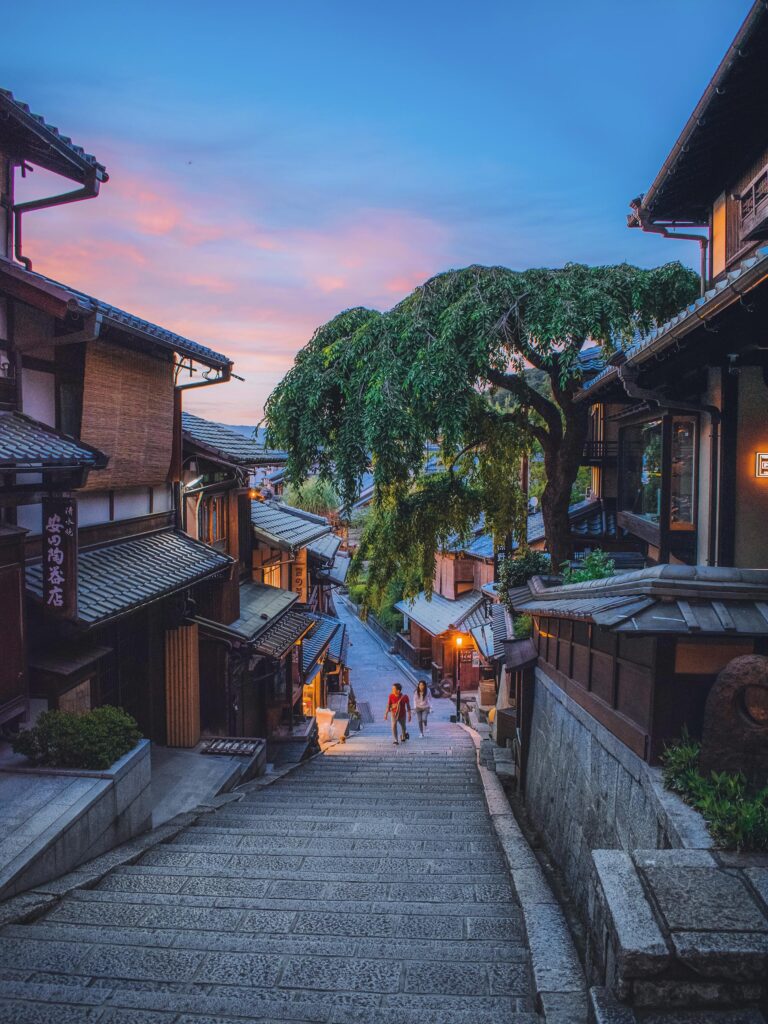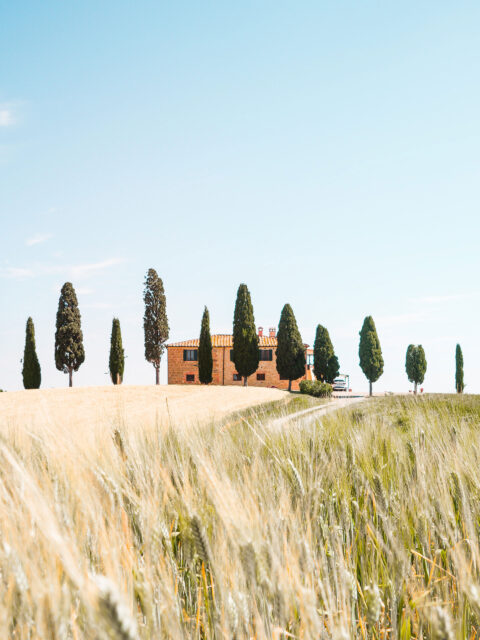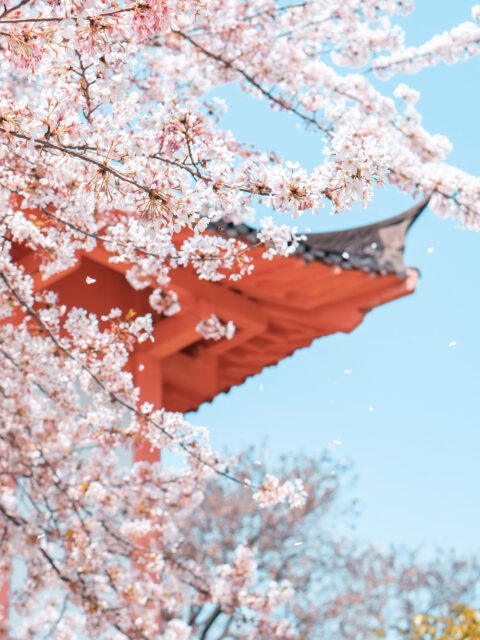Tracing the Roots of Japan’s Rich Cultural Heritage
Japan’s rich cultural heritage can be traced back thousands of years, with its origins deeply rooted in the country’s unique geography, historical events, religious beliefs, and traditional customs. Here, we will explore some of the key factors that have contributed to the development of Japan’s cultural heritage.
Geography:
Japan is an archipelago made up of thousands of islands, which has greatly influenced its culture. Surrounded by the Pacific Ocean, Sea of Japan, and other neighbouring seas, Japan’s isolation from mainland Asia allowed it to develop independently, leading to the formation of a distinct cultural identity. The country’s mountainous terrain and limited arable land also shaped its society, as people had to adapt to limited resources and become self-sufficient.
Historical Events:
Japan has experienced various historical events that have left a lasting impact on its cultural heritage. The influence of ancient China can be seen through the introduction of Buddhism, Confucianism, and other cultural practices during the Asuka and Nara periods (6th to 8th century). Additionally, the samurai warrior class emerged during the feudal period, shaping Japanese values of loyalty, honour, and discipline. The Meiji Restoration in the late 19th century led to Japan’s modernization and adoption of Western influences, while still preserving elements of its traditional culture.
Religious Beliefs:
Religion has played a significant role in shaping Japan’s cultural heritage. Shinto, the indigenous religion of Japan, emphasizes the worship of nature, ancestral spirits, and kami (deities). This belief system is deeply ingrained in Japanese society and influences various aspects of daily life, such as festivals, rituals, and architecture. Buddhism, introduced from China and Korea, has also had a profound impact on Japanese culture, particularly in art, literature, and meditation practices.
Traditional Customs and Arts:
Japanese arts and crafts, such as tea ceremony, ikebana (flower arrangement), calligraphy, and pottery, have been passed down through generations and reflect the country’s cultural heritage. Traditional performing arts, like Noh theatre, Kabuki, and Bunraku puppetry, showcase ancient storytelling techniques and theatrical aesthetics. Martial arts, such as judo, kendo, and karate, not only originated in Japan but also embody the country’s discipline, respect, and pursuit of self-improvement.
Education and Language:
Japan’s educational system and language have been essential in preserving and fostering its cultural heritage. The Japanese writing system, consisting of kanji (Chinese characters), hiragana, and katakana, has been used for centuries, enabling the transmission of historical texts, literature, and artistic expressions. Education emphasizes respect for tradition, etiquette, and a strong work ethic.
In conclusion, Japan’s rich cultural heritage is the result of a combination of factors, including its geographical isolation, historical events, religious beliefs, traditional customs, and arts. The country’s unique blend of ancient traditions and modern influences has shaped its identity and continues to inspire and captivate people from all over the world.
Lists of Japan’s Rich Cultural Heritage
- UNESCO World Heritage Sites in Japan: Japan is home to numerous UNESCO World Heritage Sites that showcase the country’s rich cultural heritage. Some notable sites include the Historic Monuments of Ancient Kyoto, Himeji Castle, Itsukushima Shrine, the Historic Villages of Shirakawa-go and Gokayama, and the Sacred Sites and Pilgrimage Routes in the Kii Mountain Range.
- Traditional Japanese Architecture: Japan’s traditional architecture is a testament to its cultural heritage. From ancient wooden temples and shrines like Todaiji Temple in Nara and Meiji Shrine in Tokyo to traditional houses like the Gassho-zukuri style houses in Shirakawa-go, these architectural wonders reflect Japan’s unique aesthetic and craftsmanship.
- Japanese Gardens: Japanese gardens are renowned for their beauty, tranquillity, and meticulous design. These gardens often feature elements such as carefully pruned trees, serene ponds, stone lanterns, and perfectly placed rocks. Some famous Japanese gardens include Kenroku-en in Kanazawa, Ryoanji Temple’s Zen Garden in Kyoto, and Katsura Imperial Villa in Kyoto.
- Traditional Japanese Performing Arts: Japan has a rich tradition of performing arts, including Kabuki, Noh, Bunraku, and tea ceremony. These art forms have been passed down through generations and continue to captivate audiences with their elaborate costumes, graceful movements, and intricate storytelling.
- Geisha Culture: Geisha are traditional Japanese female entertainers known for their mastery of various arts, including classical music, dance, and conversation. Kyoto is particularly famous for its geisha districts, such as Gion, where visitors can witness the elegance and sophistication of this cultural heritage.
- Shinto Shrines and Buddhist Temples: Japan is dotted with thousands of Shinto shrines and Buddhist temples, each with its own unique historical and cultural significance. Some iconic examples include Fushimi Inari Taisha in Kyoto, Senso-ji Temple in Tokyo, and Izumo Taisha in Shimane Prefecture.
- Traditional Festivals: Festivals, known as “matsuri,” play a significant role in Japanese culture. These lively events often feature processions, traditional music, dance, and elaborate floats. Examples of famous festivals include the Gion Matsuri in Kyoto, Takayama Matsuri in Takayama, and Nebuta Matsuri in Aomori.
- Traditional Crafts: Japan is renowned for its traditional crafts, which reflect the country’s dedication to craftsmanship and attention to detail. These crafts include pottery (such as Arita and Kutani), lacquerware, textiles (like silk and kimono), woodblock prints (ukiyo-e), and traditional Japanese paper (washi).
- Samurai Culture: The samurai, the warrior class of feudal Japan, left a lasting impact on Japanese history and culture. Castles like Himeji Castle and Matsumoto Castle offer a glimpse into their noble lifestyle, and martial arts traditions such as kendo and iaido continue to be practiced and admired in modern-day Japan.
- Japanese Cuisine: Japan’s culinary heritage is known worldwide for its emphasis on fresh, seasonal ingredients, precise preparation techniques, and aesthetic presentation. From sushi and sashimi to ramen and tempura, Japanese cuisine offers a rich cultural experience that has become popular globally.
Tips for Visiting
- Research and plan ahead: Before visiting Japan, take the time to research and learn about the country’s rich cultural heritage. This will help you better understand and appreciate the significance of the places you visit.
- Visit historical sites: Japan has numerous historical sites that showcase its rich cultural heritage. Make sure to visit places like Kyoto, Nara, Kamakura, and Hiroshima to witness traditional architecture, temples, shrines, and historical landmarks.
- Participate in traditional activities: Engage in cultural activities like tea ceremonies, calligraphy, wearing traditional clothing (kimono/yukata), or attending a traditional Japanese theater performance (kabuki/noh).
- Explore traditional arts and crafts: Japan is famous for its traditional arts and crafts. Visit museums and art galleries to appreciate traditional pottery (such as Bizen or Satsuma), ink paintings (sumi-e), or intricate woodwork (like in Tōdai-ji temple).
- Experience local festivals: Japan celebrates numerous festivals throughout the year. Attend events like the cherry blossom festival (hanami), lantern festivals (matsuri), or the famous Gion Matsuri in Kyoto to immerse yourself in the local culture.
- Try traditional cuisine: Japanese cuisine is an essential part of the country’s cultural heritage. Explore local culinary delights like sushi, ramen, tempura, or traditional kaiseki meals to experience the country’s rich food culture.
- Respect local customs and etiquette: Japan has specific customs and etiquette that visitors should be aware of, such as bowing when greeting someone, removing shoes in certain situations, or not eating or drinking while walking. Respecting these customs shows appreciation for the culture.
- Learn a few basic Japanese phrases: While many people in tourist areas speak English, learning a few basic phrases like greetings or expressing gratitude in Japanese can go a long way in showing respect to the local culture.
- Visit traditional gardens: Japan is famous for its beautiful traditional gardens, which often symbolize harmony and tranquility. Explore gardens like Kenroku-en in Kanazawa or Katsura Imperial Villa in Kyoto to experience the beauty and serenity of these cultural artifacts.
- Observe and respect rituals: Whether visiting a temple or participating in a tea ceremony, it is important to observe and respect the rituals and practices of these cultural activities. Follow the lead of those around you and ask for guidance if needed.



































